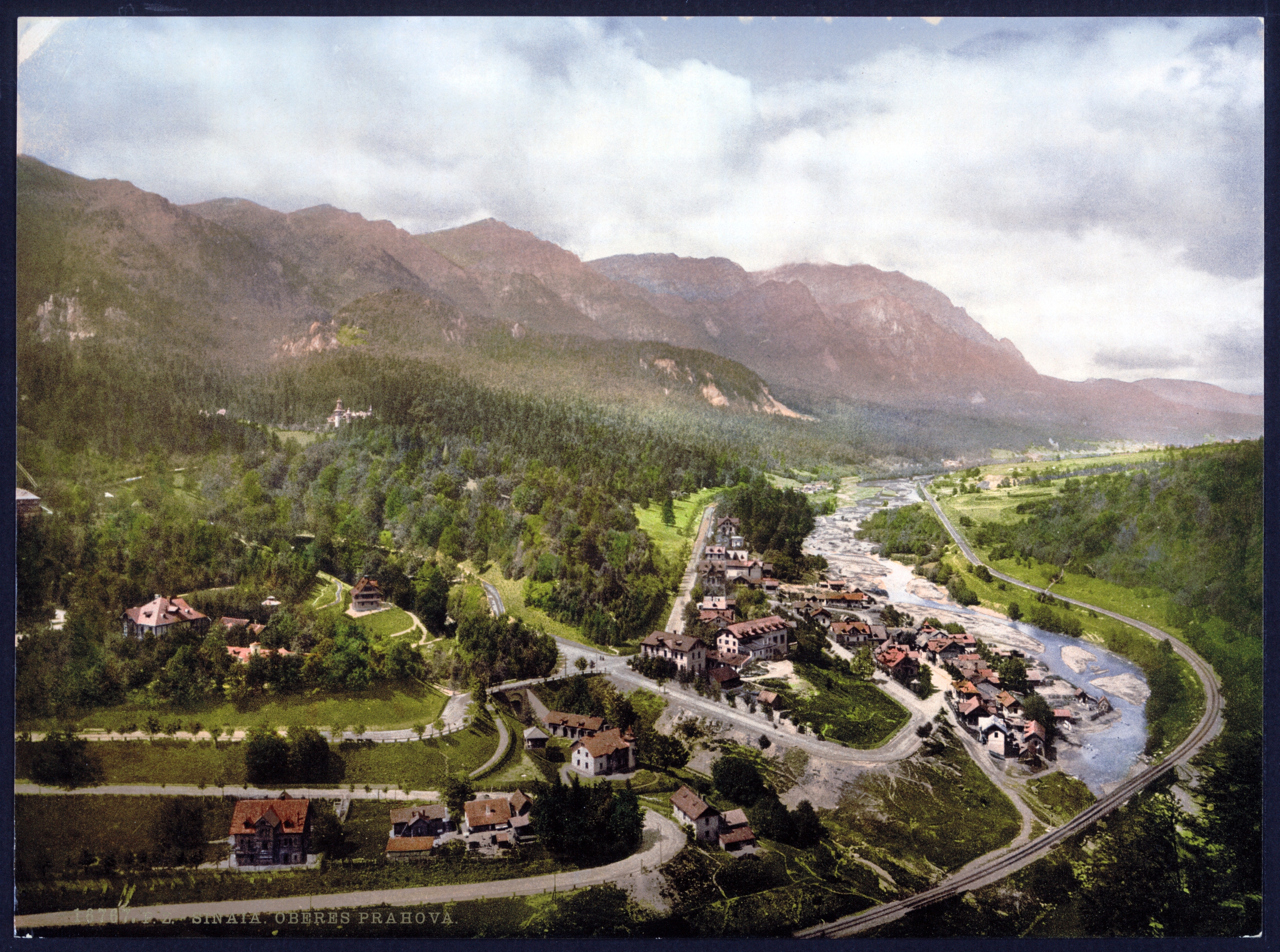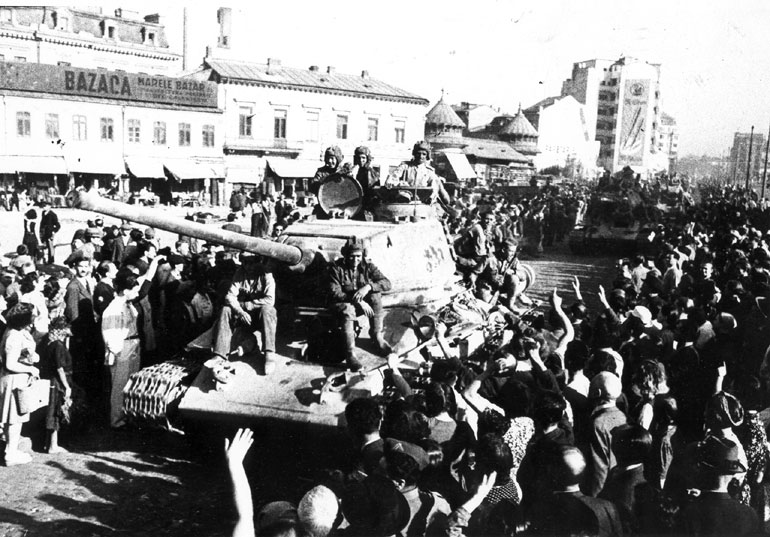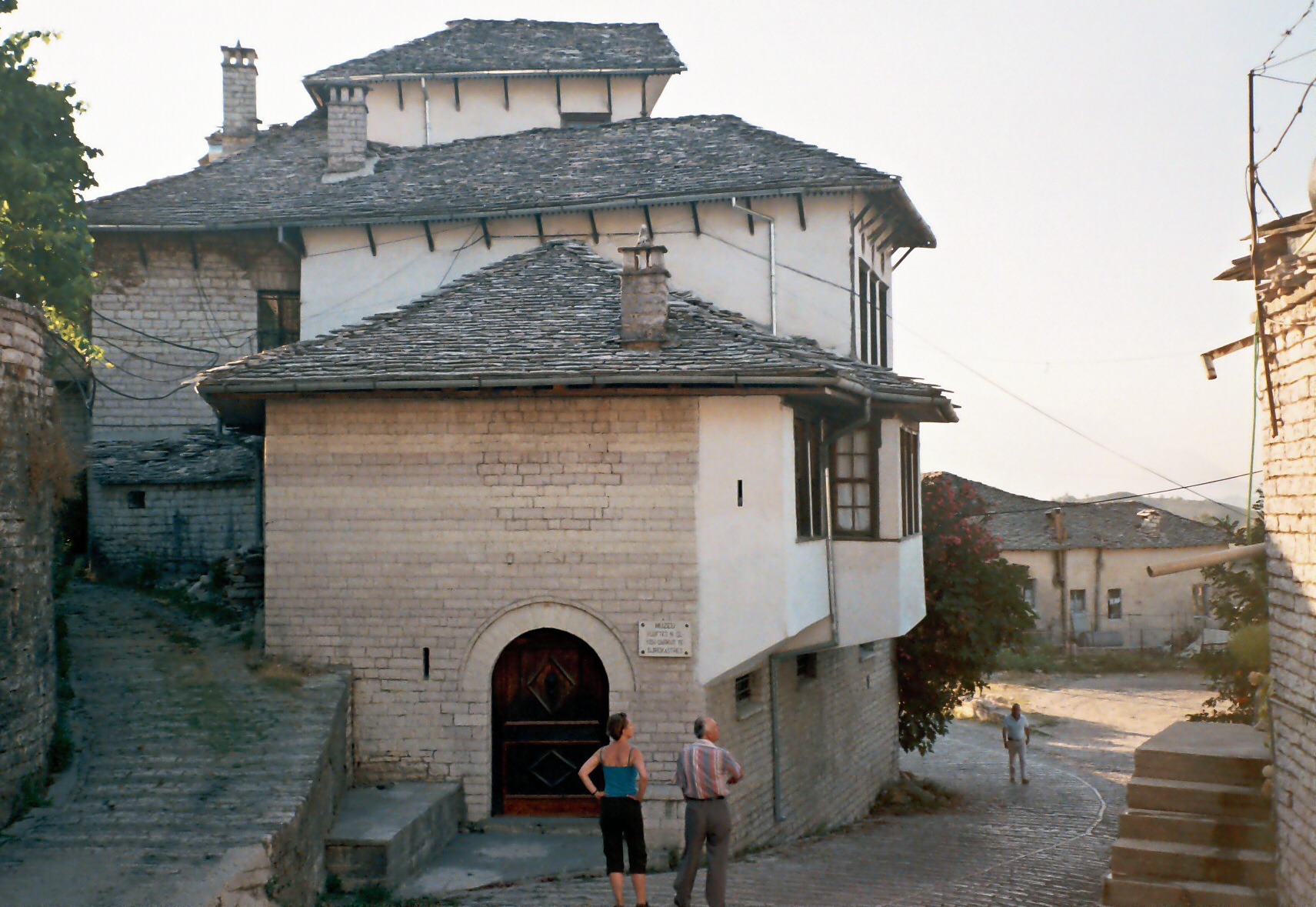|
é koda VOS
The é koda VOS is a full-size luxury car produced by the Czechoslovak automaker AZNP at their plant in MladûÀ Boleslav between 1949 and 1952. For a few years it was the preferred car for senior political and military personnel in Czechoslovakia. It was never sold to the general public. Background In 1949 the plant at MladûÀ Boleslav assembled the last é koda Superbs, large six-cylinder limousines evoking the style of American cars in the late 1930s. The authorities needed a more modern replacement and instructed é koda to develop one. This was the car that would become the é koda VOS. The letters VOS indicated a "special car for the government" in Czech or Slovak (''VlûÀdnûÙ OsobnûÙ SpeciûÀl'' or ''VlûÀdny Osobnû§ é peciûÀl''). The car The car went into production in 1950 with the coach builder (even then better known as a producer of buses) Karosa: final assembly took place at é koda's own plant. The form of the car was unremarkable, despite having been designed by Ol ... [...More Info...] [...Related Items...] OR: [Wikipedia] [Google] [Baidu] |
é koda Auto
é koda Auto a.s. (), often shortened to é koda, is a Czech automobile manufacturer established in 1925 as the successor to Laurin & Klement and headquartered in MladûÀ Boleslav, Czech Republic. é koda Works became state owned in 1948. After 1991, it was gradually privatized to the German Volkswagen Group, becoming a subsidiary in 1994 and since 2000 a wholly owned subsidiary. é koda automobiles are sold in over 100 countries and in 2018, total global sales reached 1.25 million units, an increase of 4.4% from the previous year. The operating profit was ã˜1.6 billion in 2017, an increase of 34.6% over the previous year. As of 2017, é koda's profit margin was the second highest of all Volkswagen AG brands after Porsche. History The é koda Works were established as an arms manufacturer in 1859. é KODA AUTO (and its predecessor Laurin & Klement) is the fifth-oldest company producing cars, and has an unbroken history alongside Daimler, Opel, Peugeot, and Tatra. Laurin & Klement ... [...More Info...] [...Related Items...] OR: [Wikipedia] [Google] [Baidu] |
Karosa
Karosa ( cs, TovûÀrna na KoáûÀry, Automobily, Rotory, ObrûÀbácûÙ stroje, SekacûÙ stroje a Autobusy, en, Factory for carriages, cars, rotors, machine tools, cutting machines and buses) was a bus manufacturer in Vysokûˋ Mû§to in the Czech Republic. It was the biggest manufacturer of buses in Czechoslovakia. In 2007 its name was changed to Iveco, Iveco Czech Republic, and now the company produces buses under the name Iveco Bus. Since 2014, the Czech Republic produced more buses per million inhabitants than any other country in the world. The Iveco Bus factory in Vysokûˋ Mû§to produces around 3,100 buses annually and is the largest manufacturer of buses in Europe. Production of car bodies In 1896 Josef Sodomka founded a manufacturing plant for coaches - '' First East Bohemian manufacture of carriages Josef Sodomka'' in Vysokûˋ Mû§to. In 1925, the Sodomka company started producing automobile bodywork of its own design, designed to be mounted on automobile chassis produced by Praga a ... [...More Info...] [...Related Items...] OR: [Wikipedia] [Google] [Baidu] |
é koda Automobiles
é koda means ''pity'' in the Czech and Slovak languages. It may also refer to: Czech brands and enterprises * é koda Auto, automobile and previously bicycle manufacturer in MladûÀ Boleslav ** é koda Motorsport, the division of é koda Auto responsible for motorsport activities * é koda Transportation, engineering company that manufactures rail vehicles, based in Plzeé * é koda Works, engineering company, predecessor of é koda Transportation * Doosan é koda Power, subsidiary of the Doosan Group, based in Plzeé People * é koda (surname) * Skoda (Portuguese footballer) (born 1960) Art * ''é koda lûÀsky'', the original Czech title of the "Beer Barrel Polka" Other * British Rail Class 90, an electric locomotive nicknamed Skoda * ''Skoda'' (barquentine), sailing vessel built in Kingsport, Nova Scotia, in 1893 * Skoda Xanthi F.C., former name of the Greek football club Xanthi F.C. (sponsored by é koda Auto in 1991ã2016) ** Skoda Xanthi Arena, former name of the club's stadium * S ... [...More Info...] [...Related Items...] OR: [Wikipedia] [Google] [Baidu] |
Tatra 603
The Tatra 603 is a large rear-engined luxury car which was produced by the Czechoslovak company Tatra from 1956 to 1975. It was a continuation of the series of Tatra streamlined sedans which began with the Tatra 77. In Socialist Czechoslovakia, only high-ranking party officials and heads of factories were driven in 603s; the car was also exported to a number of other countries. History Tatra was the manufacturer of luxurious automobiles in the Czech lands. Austro-Hungarian emperor Charles I used a NW type T; the Czechoslovak president TomûÀéÀ Garrigue Masaryk drove the twelve-cylinder Tatra 80 while his successor Edvard BeneéÀ drove the streamlined Tatra 87. While the T87 was manufactured from 1936 to 1950, the post-war T600 may be considered the first car of the new political order. The T600 was much smaller and used an engine of only four cylinders, making it the descendant of the T97, the small pre-war Tatra. Production of the T97 had been stopped by the Nazis in order to ... [...More Info...] [...Related Items...] OR: [Wikipedia] [Google] [Baidu] |
Sinaia
Sinaia () is a town and a mountain resort in Prahova County, Romania. It is situated in the historical region of Muntenia. The town was named after the Sinaia Monastery of 1695, around which it was built. The monastery, in turn, is named after the Biblical Mount Sinai. King Carol I of Romania also built his summer residence, Peleà Castle, in Sinaia in the late nineteenth century. Sinaia is about northwest of Ploieàti and south of Braàov, in a mountainous area on the Prahova River valley, just east of the Bucegi Mountains. The town's altitude varies between above mean sea level, above sea level. The city is a popular destination for hiking and winter sports, especially downhill skiing. Among the tourist landmarks, the most important are Peleà Castle, Peliàor Castle, Sinaia Monastery, Sinaia Casino, Sinaia train station, and the Franz Joseph and Saint Anne Cliffs. Sinaia was also the summer residence of the Romanian composer George Enescu, who stayed at the Luminià villa. ... [...More Info...] [...Related Items...] OR: [Wikipedia] [Google] [Baidu] |
Romanian Communist Party
The Romanian Communist Party ( ro, Partidul Comunist RomûÂn, , PCR) was a communist party in Romania. The successor to the pro-Bolshevik wing of the Socialist Party of Romania, it gave ideological endorsement to a communist revolution that would replace the social system of the Kingdom of Romania. After being outlawed in 1924, the PCR remained a minor and illegal grouping for much of the interwar period and submitted to direct Comintern control. During the 1920s and the 1930s, most of its activists were imprisoned or took refuge in the Soviet Union, which led to the creation of competing factions that at times came in open conflict. That did not prevent the party from participating in the political life of the country through various front organizations, most notably the Peasant Workers' Bloc. During the mid 1930s, as a result of the purges against the Iron Guard, the party was on the road to achieving power, but this was crushed by the dictatorship of king Carol II. In the perio ... [...More Info...] [...Related Items...] OR: [Wikipedia] [Google] [Baidu] |
Romanian Workers' Party
The Romanian Communist Party ( ro, Partidul Comunist RomûÂn, , PCR) was a communist party in Romania. The successor to the pro-Bolshevik wing of the Socialist Party of Romania, it gave ideological endorsement to a communist revolution that would replace the social system of the Kingdom of Romania. After being outlawed in 1924, the PCR remained a minor and illegal grouping for much of the interwar period and submitted to direct Comintern control. During the 1920s and the 1930s, most of its activists were imprisoned or took refuge in the Soviet Union, which led to the creation of competing factions that at times came in open conflict. That did not prevent the party from participating in the political life of the country through various front organizations, most notably the Peasant Workers' Bloc. During the mid 1930s, as a result of the purges against the Iron Guard, the party was on the road to achieving power, but this was crushed by the dictatorship of king Carol II. In the per ... [...More Info...] [...Related Items...] OR: [Wikipedia] [Google] [Baidu] |
Mao Zedong
Mao Zedong pronounced ; also romanised traditionally as Mao Tse-tung. (26 December 1893 ã 9 September 1976), also known as Chairman Mao, was a Chinese communist revolutionary who was the founder of the People's Republic of China (PRC), which he led as the chairman of the Chinese Communist Party from the establishment of the PRC in 1949 until his death in 1976. Ideologically a MarxistãLeninist, his theories, military strategies, and political policies are collectively known as Maoism. Mao was the son of a prosperous peasant in Shaoshan, Hunan. He supported Chinese nationalism and had an anti-imperialist outlook early in his life, and was particularly influenced by the events of the Xinhai Revolution of 1911 and May Fourth Movement of 1919. He later adopted MarxismãLeninism while working at Peking University as a librarian and became a founding member of the Chinese Communist Party (CCP), leading the Autumn Harvest Uprising in 1927. During the Chinese Civil War ... [...More Info...] [...Related Items...] OR: [Wikipedia] [Google] [Baidu] |
Ana Pauker
Ana Pauker (born Hannah Rabinsohn; 13 February 1893 ã 3 June 1960) was a Romanian communist leader and served as the country's foreign minister in the late 1940s and early 1950s. Ana Pauker became the world's first female foreign minister when entering office in December 1947. She was also the unofficial leader of the Romanian Communist Party immediately after World War II. Biography Early life and political career Pauker was born into a poor, religious Orthodox Jewish family in Codáeàti, Vaslui County (in central Moldavia), the daughter of Sarah and (Tsvi-)Hersh Kaufman Rabinsohn. Her father was a traditional slaughterer and synagogue functionary, her mother a small-time food seller. They had four surviving children; two more died in infancy. As a young woman, she became a teacher in a Jewish elementary school in Bucharest. While her younger brother was a Zionist and remained religious, she opted for Socialism, joining the Social Democratic Party of Romania in 1915 an ... [...More Info...] [...Related Items...] OR: [Wikipedia] [Google] [Baidu] |
Zhu De
Zhu De (; ; also Chu Teh; 1 December 1886 ã 6 July 1976) was a Chinese general, military strategist, politician and revolutionary in the Chinese Communist Party. Born into poverty in 1886 in Sichuan, he was adopted by a wealthy uncle at age nine. His uncle provided him with a superior early education that led to his admission into a military academy. After graduating, he joined a rebel army and became a warlord. It was after this period that he adopted communism. Joining the Chinese Communist Party, he ascended through the ranks of the Chinese Red Army as it closed in on securing the nation in the Chinese Civil War. By the time China was under Mao's control, Zhu was a high-ranking official within the party. He served as commander-in-chief of the Eighth Route Army during the Second Sino-Japanese War and commander-in-chief of the Eighth Route Army during the Chinese Communist Revolution, and the People's Liberation Army after liberation. In 1955, he ranked first among the ... [...More Info...] [...Related Items...] OR: [Wikipedia] [Google] [Baidu] |
Enver Hoxha
Enver Halil Hoxha ( , ; 16 October 190811 April 1985) was an Albanian communist politician who was the authoritarian ruler of Albania from 1944 until his death in 1985. He was First Secretary of the Party of Labour of Albania from 1941 until his death in 1985. He was also a member of the Politburo of the Party of Labour of Albania, chairman of the Democratic Front of Albania, and commander-in-chief of the armed forces and ruled the country from 1944 until his death in 1985. He was the 22nd Prime Minister of Albania from 1944 to 1954 and at various times was both foreign minister and defence minister of the People's Socialist Republic of Albania. Hoxha was born in Gjirokastû¨r in 1908 and became a grammar school teacher in 1936. Following the Italian invasion of Albania, he joined the Party of Labour of Albania at its creation in 1941 in the Soviet Union. He was elected First Secretary in March 1943 at the age of 34. Less than two years after the liberation of the country ... [...More Info...] [...Related Items...] OR: [Wikipedia] [Google] [Baidu] |

.jpg)




